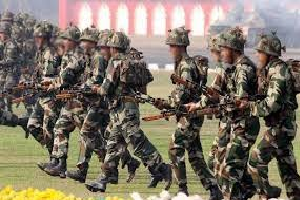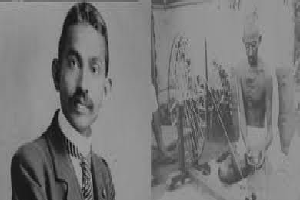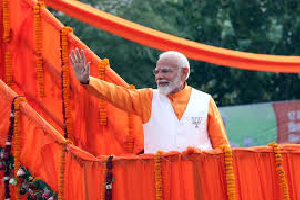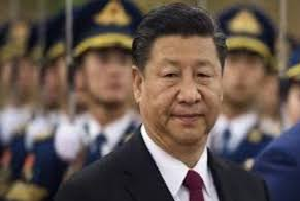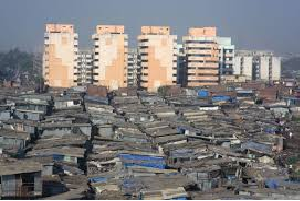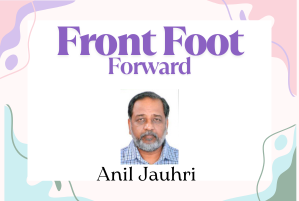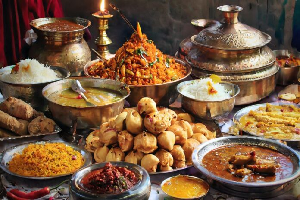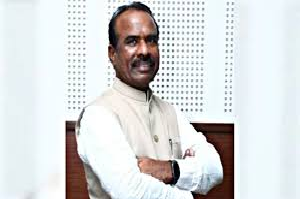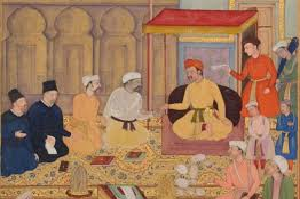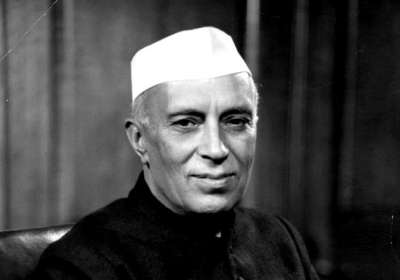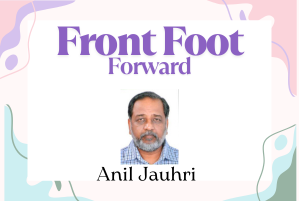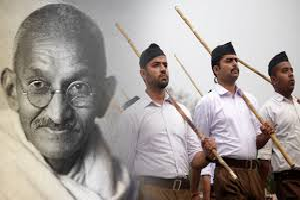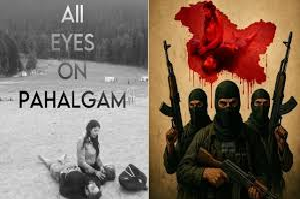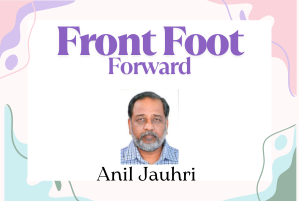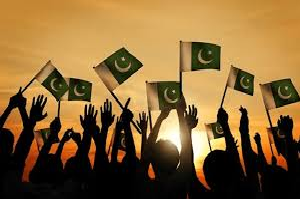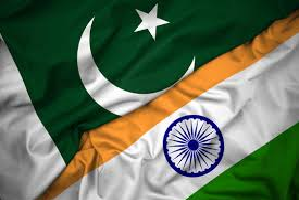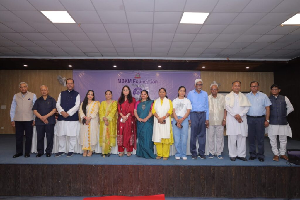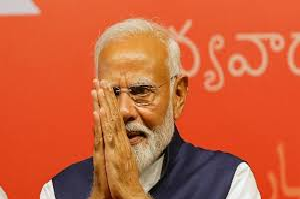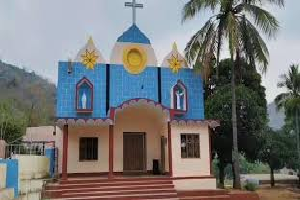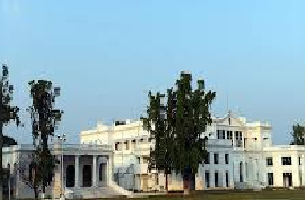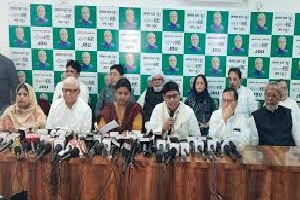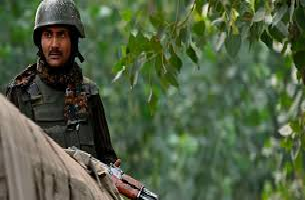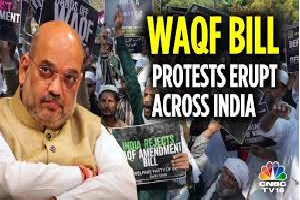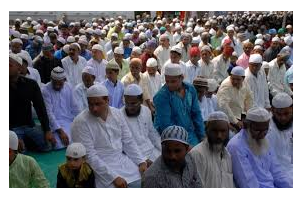21

Today’s Edition
New Delhi, 21 May 2024
N Sathiya Moorthy
If there are two states in the union that are unique and different, it’s Tamil Nadu and Andhra Pradesh. Why? These are the only two states where regional parties rule the roost and national parties end up playing second fiddle. In all other states, including Telangana that split away from unified Andhra Pradesh, even where a national or regional party is in sway, the other is the traditional rival. That is after leaving out western states like Gujarat and Rajasthan, Madhya Pradesh and Chattisgarh and also Himachal Pradesh, where the two national parties, namely, the BJP and the Congress are directly pitted against each other with no local rival.
It began in Tamil Nadu as far back as 1967, when the undivided DMK-led alliance swept out the ruling Congress Party. The vertical split in the Congress in 1969 also impacted the Tamil Nadu unit, which even in 1967 polled a very respectable 42-per cent vote-share even while winning only 50 out of 234 seats. The seventies saw power slipping further and farther away from the Congress after the ruling DMK under chief minister and party boss M Karunanidhi split, with actor-politician M G Ramachandran (MGR) founding the AIADMK in 1972.
Article at a Glance
The rise of regional parties in Tamil Nadu began in 1967 when the DMK-led alliance defeated the Congress. The AIADMK was founded in 1972 after the DMK split, and the Congress has not won a state election since. The BJP aims to increase its vote share and potentially replace the AIADMK as the ruling party in the 2024 elections.
In Andhra Pradesh, the regionalization of politics started with the formation of the TDP in the 1980s by actor N.T. Rama Rao. The YSR Congress was founded by Y.S. Jaganmohan Reddy in 2011 after his father's death, as he sought to continue his father's political legacy.
The BJP has made inroads in Andhra Pradesh, but instead of cutting into the Congress' vote share, it has taken away support from the TDP. The TDP, led by N. Chandrababu Naidu, has been reduced to protecting its vote share from the BJP.
The Congress Party, which did not win any seats in the Lok Sabha in the last election, hopes to make a comeback in Andhra Pradesh with the help of Y.S. Sharmila, the estranged sister of Chief Minister Y.S. Jagan Reddy.
In Telangana, the BJP initially wooed the Telangana Rashtra Samiti (TRS) but shifted its focus to the TDP after the TRS became unpopular due to corruption. The Congress took advantage of this situation and returned to power in the assembly elections earlier this year.
The political dynamics in Tamil Nadu and Andhra Pradesh showcase the strength of regional parties and their ability to challenge national parties. The BJP's strategy in these states will be crucial in determining its success in the 2024 elections.
The last time the Congress contested alone without aligning either with the DMK or the AIADMK was in the 1989 assembly elections. The party still polled a respectable 20 per cent vote-share, but came third with 26 seats. The party split time and again in the next couple of decades. Today, the Congress Party’s vote-share is less than five per cent, still more than the traditional BJP share of three per cent or below. The Congress, at present, is an ally of the ruling DMK under chief minister, and its vote-contribution in parliamentary elections is believed to hover around eight per cent.
In Elections-2024, the BJP’s efforts are to out-do the Congress first with a two-digit vote-share and also try and replace the AIADMK under the post-Jayalalithaa leadership of former chief minister Edappadi K Palaniswami, their trusted ally in the Lok Sabha elections of 2019 and the assembly polls in 2021.
Politico-electoral legacy
In comparison, the Andhra Pradesh scene is of a more recent origin. It began with the death in a helicopter accident of Congress chief minister, Dr Y S Rajasekara Reddy. His son Y S Jaganmohan Reddy ‘stole’ his pro-poor politico-electoral legacy from the parent party, whose high command was set against making him chief minister. This left Jagan with little choice but to float his own political outfit, the YSR Congress. Though they divined an expansion for the party’s name as ‘Yuvajana Sramika Rythu (YSR) Congress, no one missed that the initials really stood for his late father even more in the public eye.
Regionalisation of Andhra Pradesh politics began with popular film actor N T Rama Rao (NTR) launching the Telugu Desam Party (TDP) in the early eighties, feeling offended over then Congress Prime Minister and party chief Rajiv Gandhi allegedly ‘insulting’ state party chief minister T Anjaiah at the Hyderabad Airport – which got inadvertently recorded on camera. Or, was Rajiv Gandhi indiscreet?
Either way, NTR could garner all the left-leaning voters from the days of the Madras Presidency and the Hyderabad Nizami just as the DMK did in neighbouring Tamil Nadu earlier. Unlike what the national media and northern intellectual types have inferred and wrongly so, the popularity of the Dravidian duo in Tamil Nadu and the TDP in Andhra Pradesh did not owe to their stardom or other cinematic connections.
Where both benefited from their film industry connection was that they did not have to ‘market’ their faces to the people afresh unlike others. This was competition and compensation enough as the Congress rival in both states were already established and had face-recognisable leaders for years and decades, since before Independence. But long before national parties picked up the media as their political medium, these two regional parties in particular did so almost from the beginning.
In Andhra Pradesh of the early eighties, NTR as the TDP chief became an industry for new-era newspapers to build their businesses upon. In comparison, the Dravidian leaders in Tamil Nadu, mostly of the original DMK stock was greater orators, who also took away film story-lines and dialogues from the stranglehold of the Brahmin community to the relative levels of the rest of them all. Almost each one of the top leaders launched their own newspapers.
Otherwise, they were there already when a political vacuum occurred in the post-Independence era, especially after the Linguistic Reorganisation of States in 1956. The DMK exploited it early on without fielding candidates to call its own since 1957 and on its newly-allotted ‘Rising Sun’ symbol since 1962. In Andhra, the metamorphosis took a longer time, owing to local factors.
Twin elections
Jagan has now been Andhra Pradesh chief minister since 2019 and his state is now facing twin polls to the Lok Sabha and the state assembly. There is an aside to his breaking away from the Congress when he could still have staked his claim, that too after demonstrating his popularity, five years earlier, ahead of the twin-polls in 2014.
When confidants reportedly asked Jagan in 2013-14 period why he was not doing so, and was also keen to launch a political outfit of his own, pat came the reply: “Anyway, the Congress after my father’s time is losing the elections very badly, and if I become chief minister now, I too will lose. That could also be the end of my political career. If I float a separate party and the rival Telugu Desam Party (TDP) boss N Chandrababu Naidu returns to power, he too will lose power after five years, and I will be ready with my new outfit to take him on, and win. This, he precisely did in 2019.
Today, the question is if the competing political fortunes of Jagan and Naidu have once again come full circle and if the latter would seize elected power from the former. On paper, there was no denying the weakening of the TDP in recent years, especially under pressure from the Jagan government. Naidu himself was arrested on allegations of corruption. This also influenced the TDP to take the BJP’s hands of alliance, when offered.
Yet, the BJP is only a junior partner to the TDP. Up to a point at the very least, Naidu was toying with the idea of going it alone, as he was concerned about the ‘negative fall-out’ of the minorities’ vote-bank which used to be his. Some insiders felt that they would be better off without the BJP, and could even win a majority in the assembly polls in particular, given the perception that the Jagan regime was corrupt to the core, and lawlessness was widely prevalent.
Yet, in the end, Naidu seems to have chosen centre’s ‘cover’ for his party leaders and candidates, in case the state government began going after them on election-leave. The current arrangement, according to some, balances out rival action by central and state agencies against the two regional rivals, with the result there is some kind of a political equilibrium or the other.
Issue-based support
Where does it all leave the BJP and the Congress rivals at the national-level? Not many analysts noticed it, but when the BJP began making inroads into the undivided Andhra Pradesh, they did not cut into the Congress rival. Instead, they had taken away the TDP’s vote-share and seat-share. To his dismay in Elections-1998, Naidu found that the 18-per cent vote-share and four seats won by the BJP had gone from his traditional TDP shares, unlike otherwise believed.
This was also the reason behind Naidu walking out of the United Front (UF) alliance at the centre, which was toying with the idea of making him an anti-BJP prime minister with outside support from his Congress rival. Knowing the ground realities better, not only did he shy away from accepting the prime ministerial offer but also walked out of the UF with his 12 members of the Lok Sabha, to extend issue-based outside support to the BJP-NDA government Prime Minister Atal Behari Vajpayee.
The TDP has never been the same again. Even while competing with the rival Congress – now breakaway YSR Congress – on the one hand, on the other, Naidu has been reduced to ‘protect’ his vote-share and seat-share from a marauding BJP. Once again, he seems to have concluded that aligning with the BJP despite the Modi government’s central agencies too ordering raids that are otherwise supposed to be reserved only for Opposition parties and state governments, was a safer electoral bet.
If nothing else, he could thus try and hide the TDP’s possible poll losses in the overall claims and achievements of the BJP ally and re-work his winning strategy from a position of relative strength, especially if the alliance returned to power at the centre and he too becomes chief minister one more time. But without his becoming chief minister, he too knows that the BJP, if it returned to power, would still turn the tables against him and also the YSR Congress in the interim, if only to try and replace the latter as the main Opposition party, now or later. Or, at least such are the BJP’s ambitions and calculus.
Larger-than-life
That leaves the Congress Party, which is a poor self of its one larger-than-life self. The party did not win a single seat in the Lok Sabha the last time round. This time, at best, the party hopes for the new state party chief, Y S Sharmila, estranged chief minister of chief minister Jagan Reddy, to win her Kadappa seat, the family’s stronghold for three generations. No one is talking about the national party making a mark in the simultaneous polls to the state assembly even this time round.
In a way, the Congress should thank its limited hold over the Telugu-speaking people even now to the formation of a separate Telangana state. It should be said to the credit of the BJP leadership of the nineties to foresee how politics in a Telngana state would play out over the medium and long terms. According to their calculations, the Telangana Rashtriya Samiti (TRS), which was spearheading a separate state movement, would win elected power in the first and possibly a second time, too.
However, given the inherent religious-divide in the old Nizami Hyderabad, the BJP concluded that once the emotional attachment to the TRS waned, people would begin moving towards the party, which should be ready to take over and take charge. Unfortunately for the BJP, by wooing the TRS, since re-christened as Bharat Rashtriya Samiti, or BRS, which was already unpopular owing to the corrupt ways of the government of chief minister K Chandrashekara Rao, the Congress got its chance to revive itself and return to power in the assembly polls earlier this year.
In a way, the Telangana situation is a reverse of what’s happening in bifurcated Andhra Pradesh. There once its future course was decided, the BJP stopped wooing the ruling Jagan Congress, which too was perceived as being corrupt, and began extending a hand of friendship to the TDP in the Opposition, which could do with all the help it could get at its critical hour. Yet, up to a point at least, the BJP did not stop accepting what was made to be seen as unilateral parliamentary support for the Modi government in both Houses of Parliament, from the ruling YSR Congress, too.
This is something, it is said, that the Andhra voters who otherwise want the YSR Congress defeated, have not forgotten. Or, have they? Their memory too is under test now, as the results would show if they have condoned or condemned the BJP, or if they have condoned or condemned the TDP ally of the party – though for entirely different reasons.
---------------


